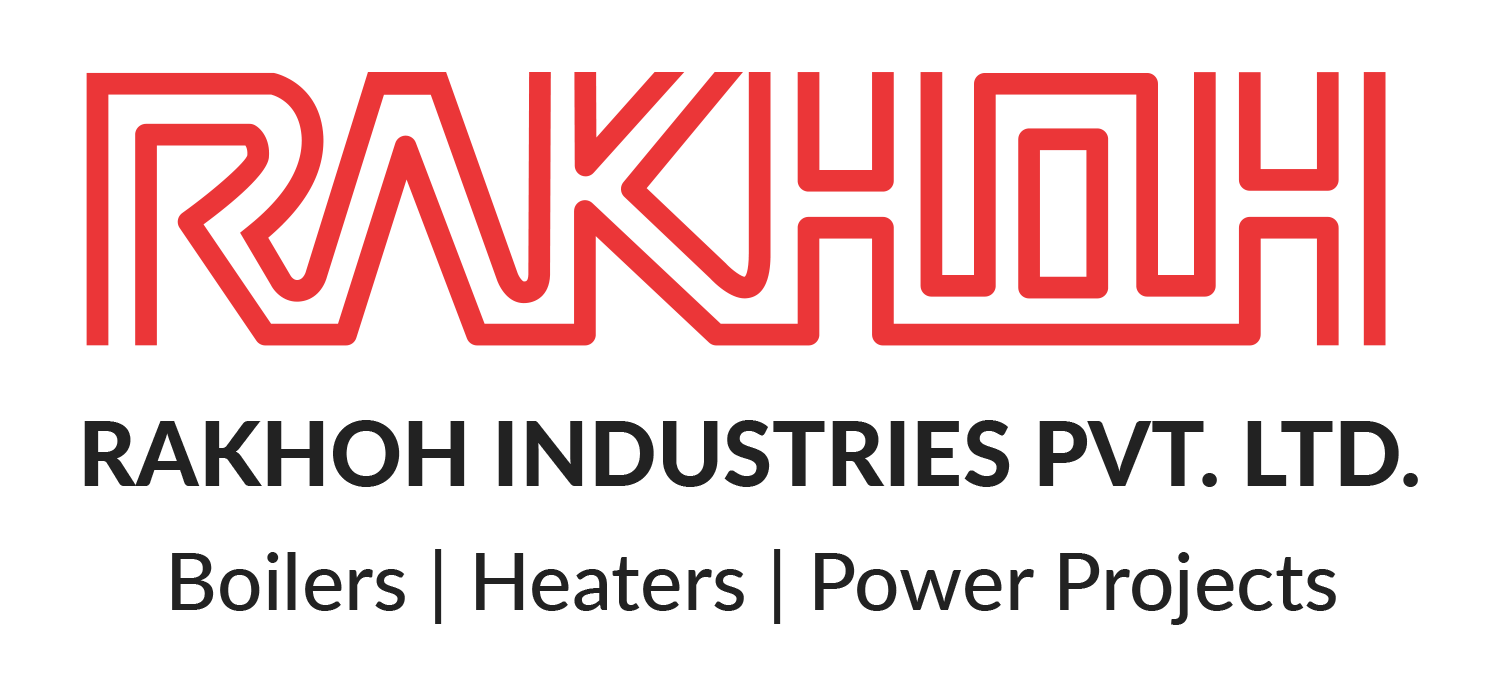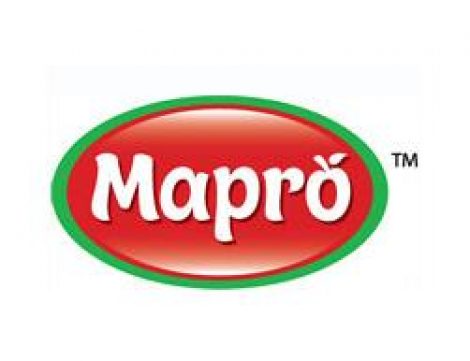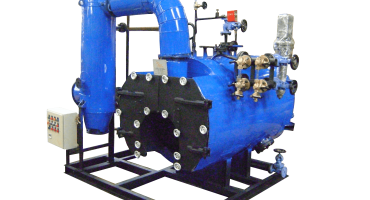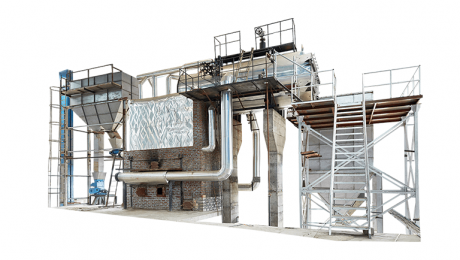Problems and their Solutions in Thermic Fluid Heaters
Thermic fluid heaters are gaining popularity in large industries due to their improved temperature control and reliability. Although steam boilers are still a vital asset for the manufacturing and process industries, thermic fluid heaters are slowly but surely emerging as preferred equipment. It offers enhanced performance, high temperature at low pressure, low maintenance, low operational cost, and minimal downtime. However, similar to steam boiler problems, thermic fluid heaters too face their share of issues that should be promptly addressed. Regular checking and maintenance of the equipment is the key to several issues. Some of the commonly found issues in thermic fluid heaters are as follows,
Problems during operations:
In the operation of a thermic fluid heater, the system provides radiant and convective heat to the heater tubing placed in the firebox. It is transferred to the film layer of the fluid through the tube wall. The fluid is in a turbulent state that causes the film layer to mix with the fluid and transfer the heat quickly. The high flow by the circulating pumps leads to swift transport of the heat by the fluid that returns at a lesser temperature to carry more heat.
At normal operations, the refractory and structural metal temperature is equal to the flame itself. After shutting down thermic fluid heaters, the heat in these components requires more time to radiate and exit the stack entirely. If the heater consists of excess refractory parts, it would require more time in radiating the excessive stored heat.
The fluid circulating after the shutting down of the heater carries the heat and distributes it to the entire system.
Boiling Point of Fluids:
The heat transfer fluids possess various boiling points, with larger molecules boiling at high temperature and smaller molecules at low temperature. The natural convection currents continue to flow in the firebox even after the flame is turned off. It causes the internal temperature to remain sufficiently heated for the mid-sized and smaller molecules of the fluid to vaporize. With smaller molecules boiled, the remaining large molecules continue to exist. The higher percentage of molecules reflects the higher viscosity of the heat transfer fluid.
As the liquid becomes thicker, it is hindered in flowing quickly through the thermic fluid heater and requires more horsepower for obtaining the flow. The slow-flowing fluids continuing to remain in contact with the heating surface results in reducing the system performance and overheating and damaging the thermic fluid system.
When the flow is reduced, it leads to increasing the temperature of the fluid’s film layer. It causes fluid degradation, and gradually, fouling of the thermic fluid heater with deposits and sludge.
Improper Shutdown:
When the thermic fluid heater is shut down entirely, the heater does not fire and the pump stops circulating the fluid. It results in transferring the stored heat in refractory and structural metal parts to the firebox. The heat does not exit the stack immediately after turning off the blower that causes extreme heat in the heater tubing that consists of heat transfer fluid.
Power Failures:
In case of power failure, it must be ensured to tie in the blower and circulating pump of the thermic fluid heater while using emergency power. Emergency power hook-up is cost-effective as compared to the expense of thermic fluid heater replacement.
Maintenance of Thermic Fluid Heaters:
Like every other industrial equipment, a thermic fluid heater needs regular maintenance and servicing for hassle-free performance. Factors that must be taken into account for efficient operations are:
Inspecting Insulation:
Proper insulation is vital for effective operations in thermic fluid heaters. It is essential to check that the heater insulation is in place and acceptable conditions.
Assessment of Piping:
A thermic fluid heater consists of multiple piping in it. Therefore, it is necessary to check the piping for any leakages, weak spots, or other flaws requiring repair or replacement.
Annual Inspection:
It is imperative to inspect the thermic fluid system annually under the guidance of a boiler manufacturer or professional to ensure its proper functioning. It is advisable to inspect and tune the burners for efficient performance.
Smooth functioning and preventing any mishaps are the primary concerns of every plant manager. To attain such goals, it is necessary to check the thermic fluid system by regular maintenance and repairing. In severe damage or issues, seek a professional boiler manufacturer for assistance and advice if a thermic fluid heater might be a better alternative than reparation.
Since its inception in 1983, Rakhoh Boilers have emerged as a leading boiler manufacturer and thermal solution provider. We manufacture a range of efficient industrial steam boilers, waste heat recovery systems, thermic fluid heaters, and boiler accessories. With over 3000+ successful boiler installations globally and our remarkable services, we have carved our reputation as a trusted boiler supplier.
To learn more about our products and services, visit our website www.rakhoh.com
- Published in Boiler, Thermic Fluid Heater








